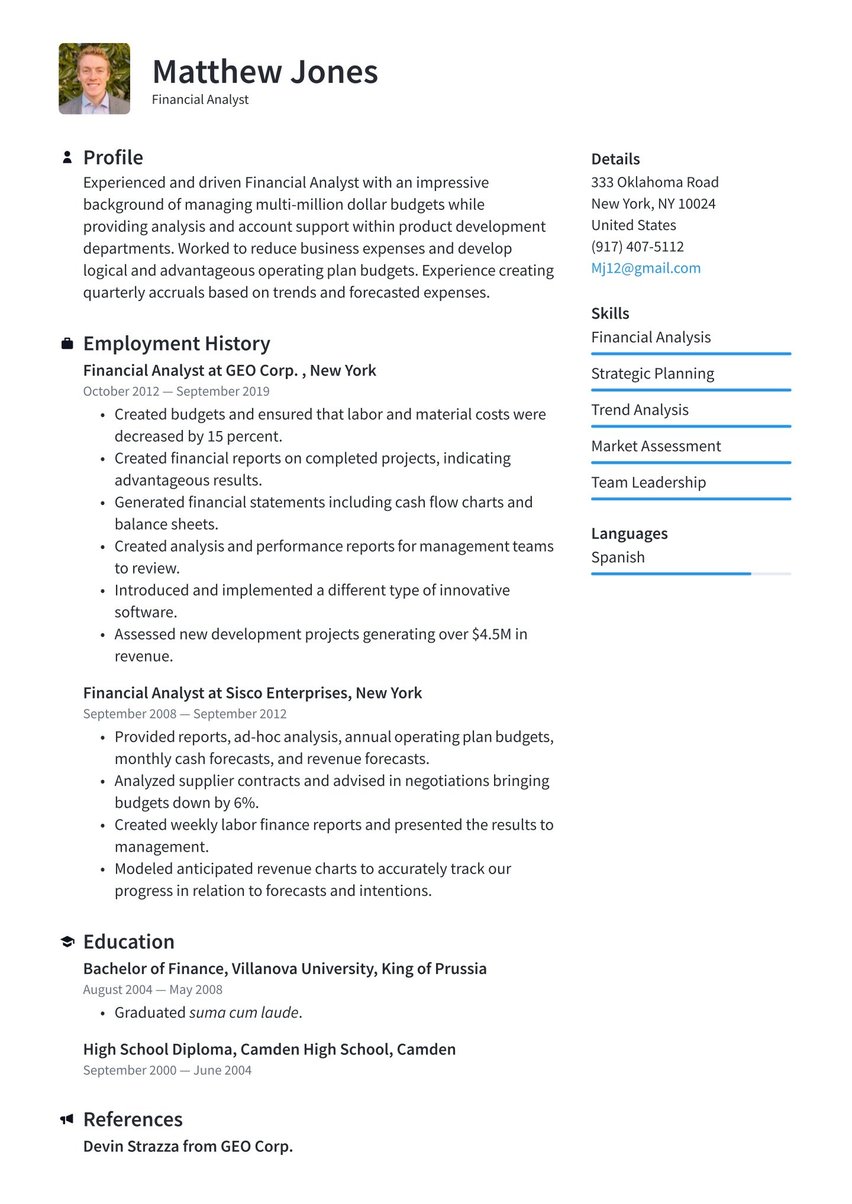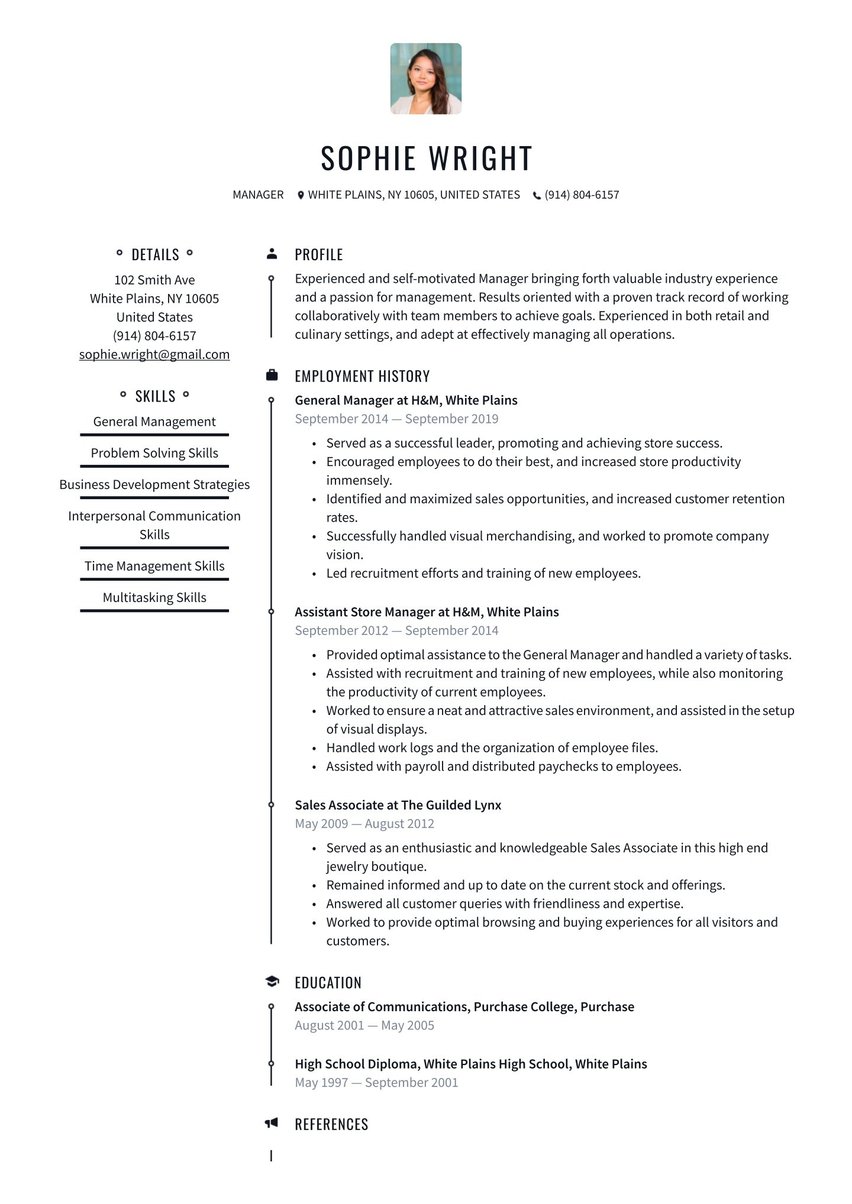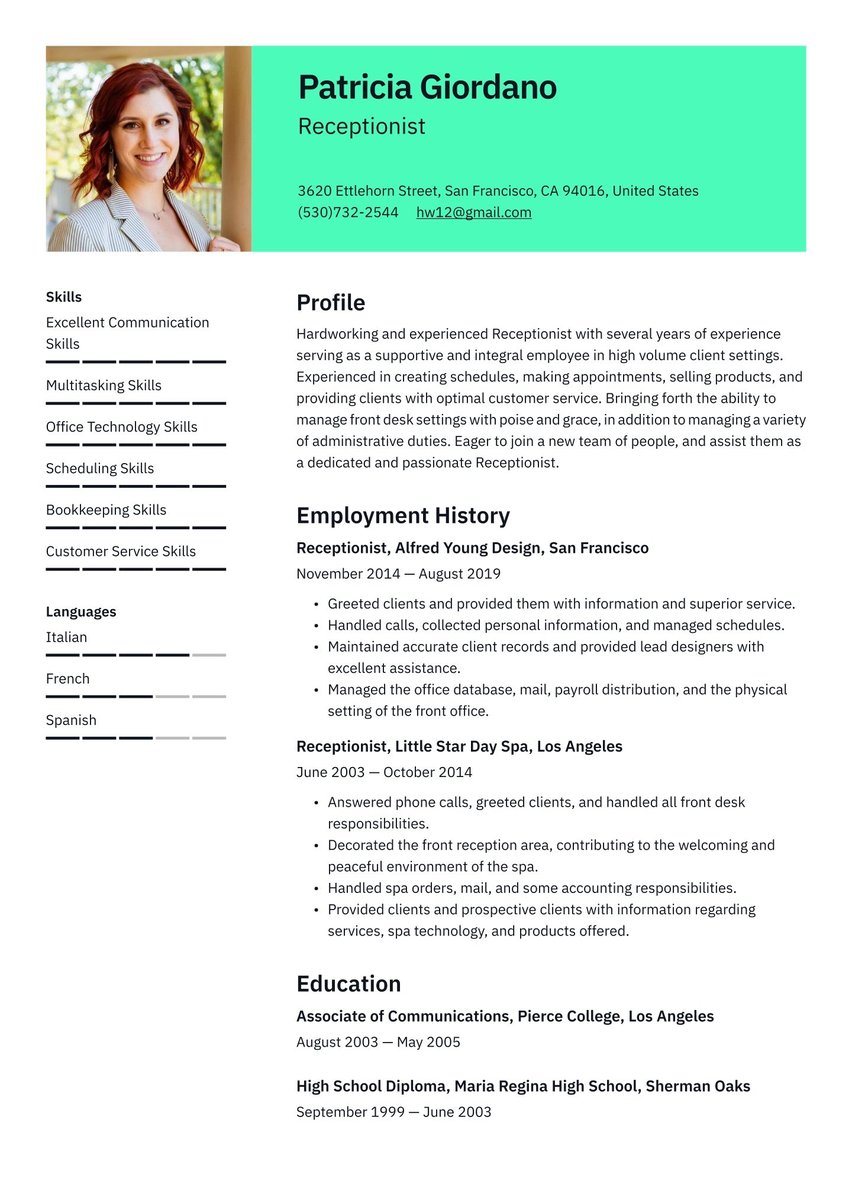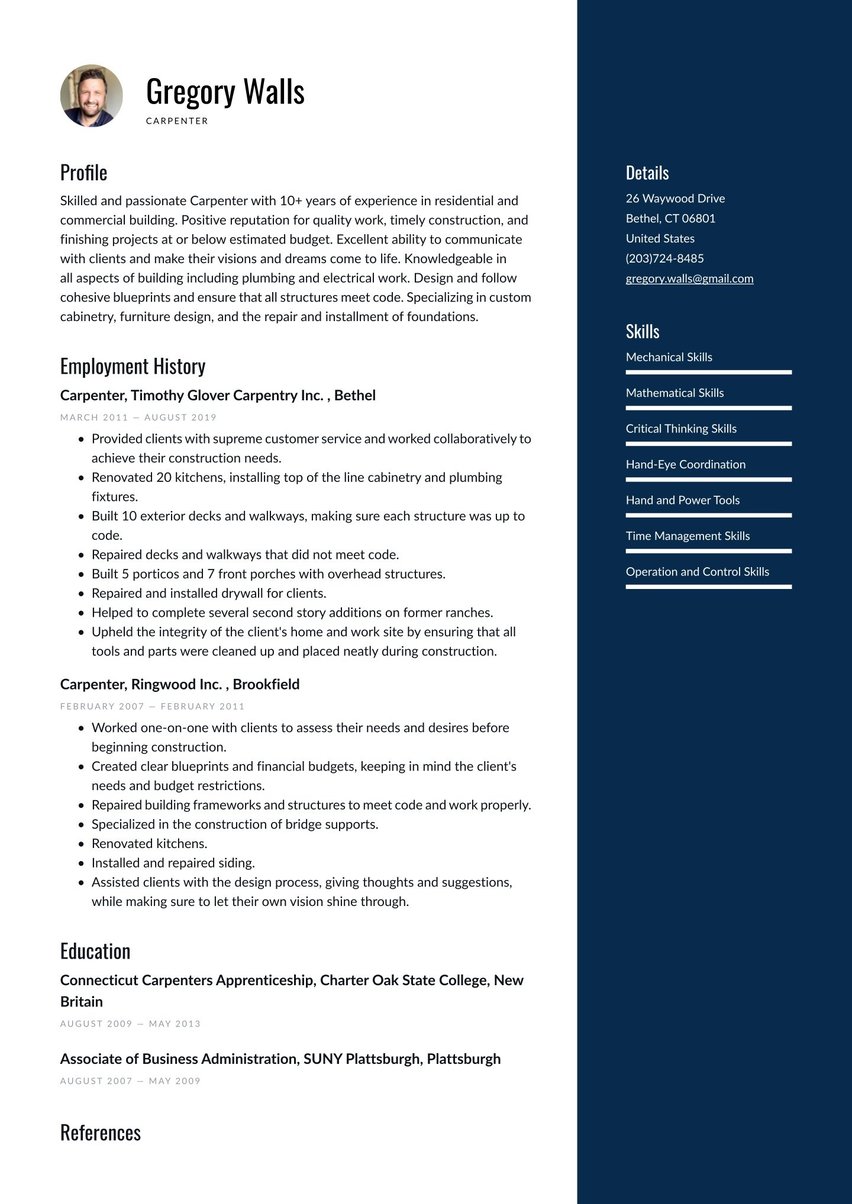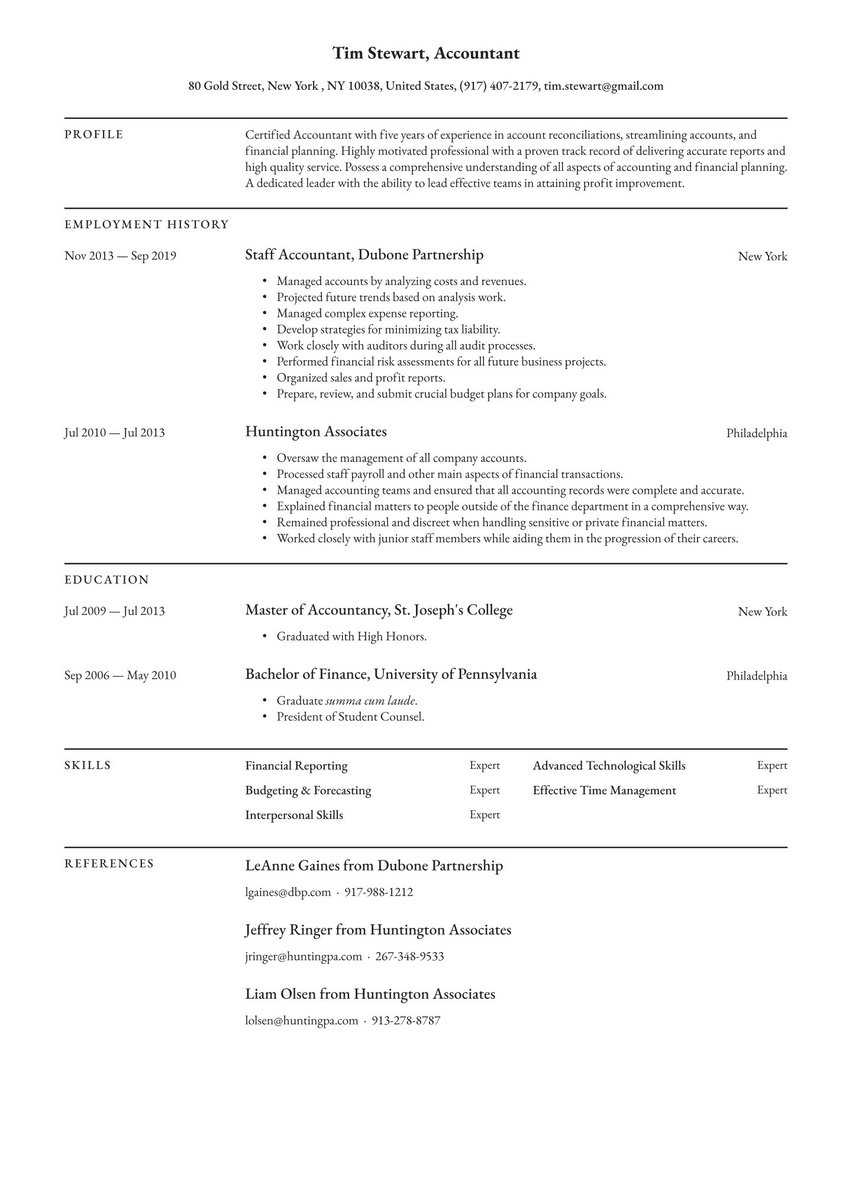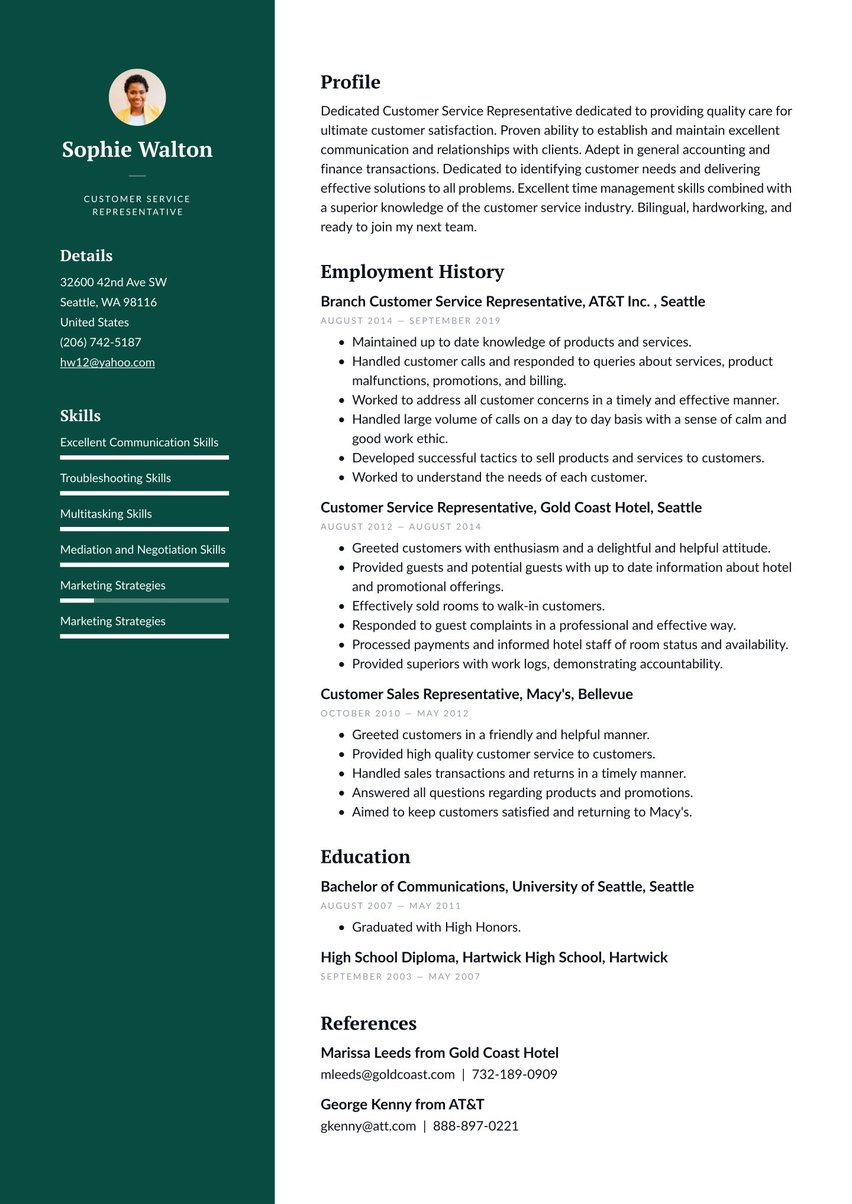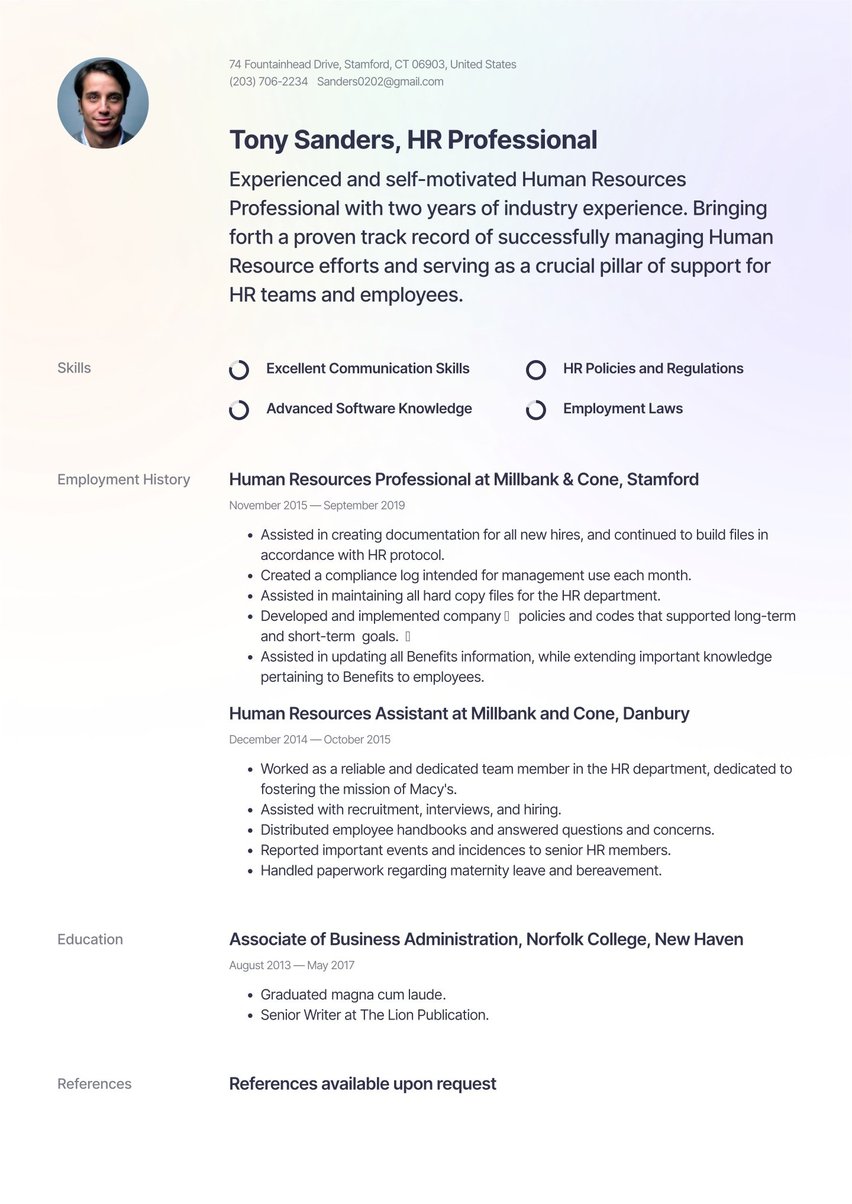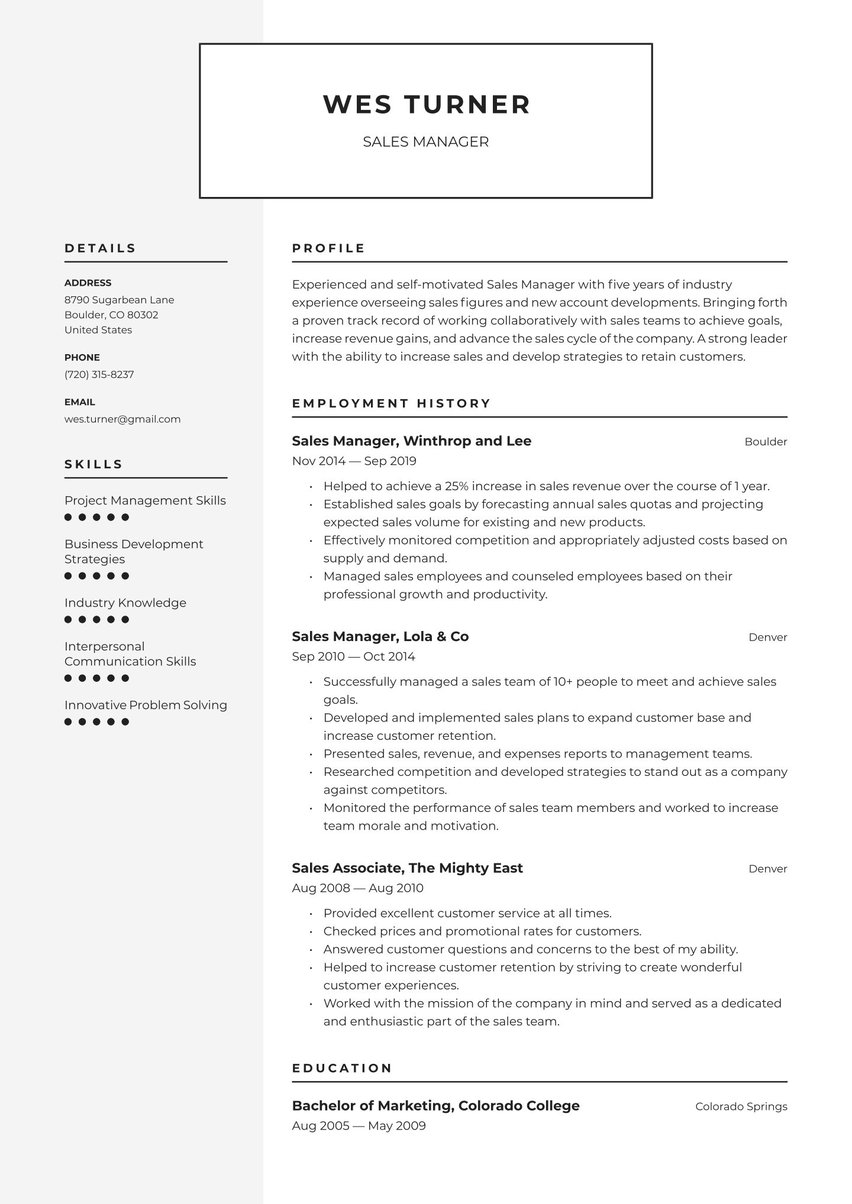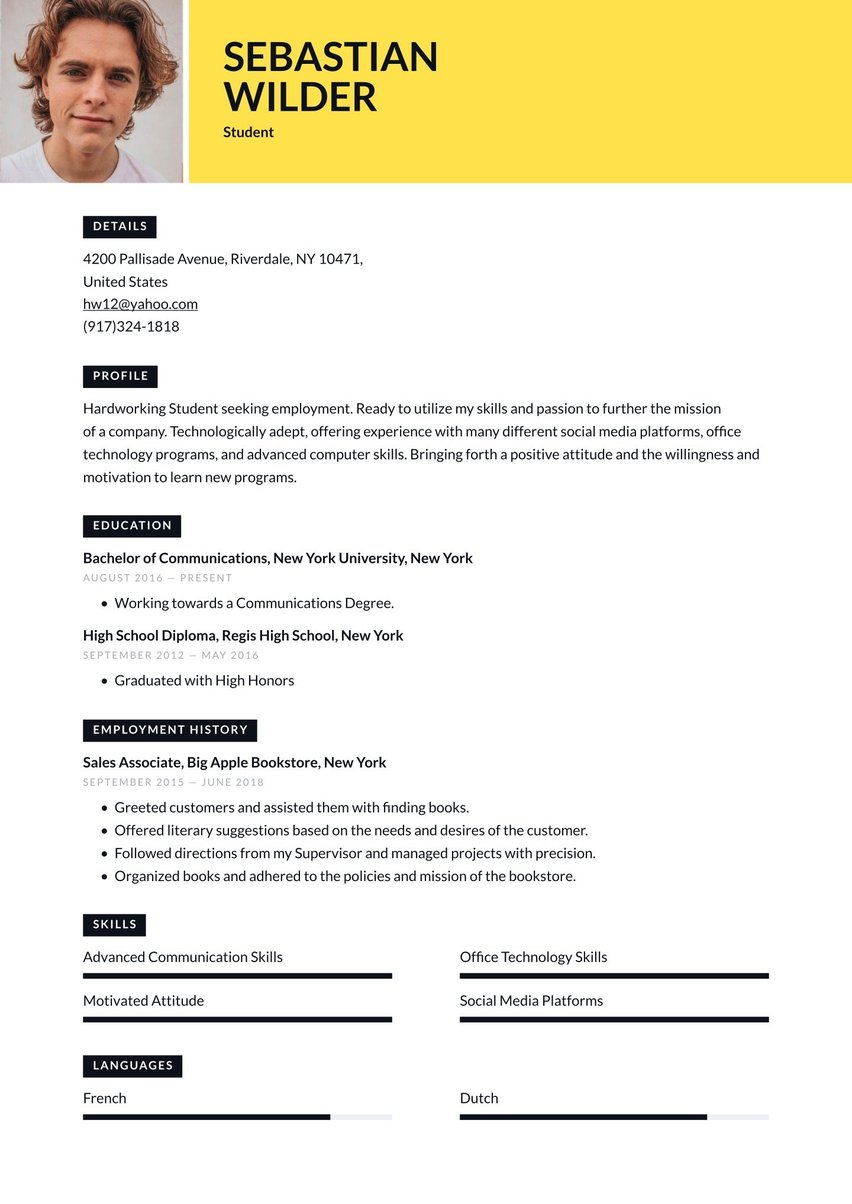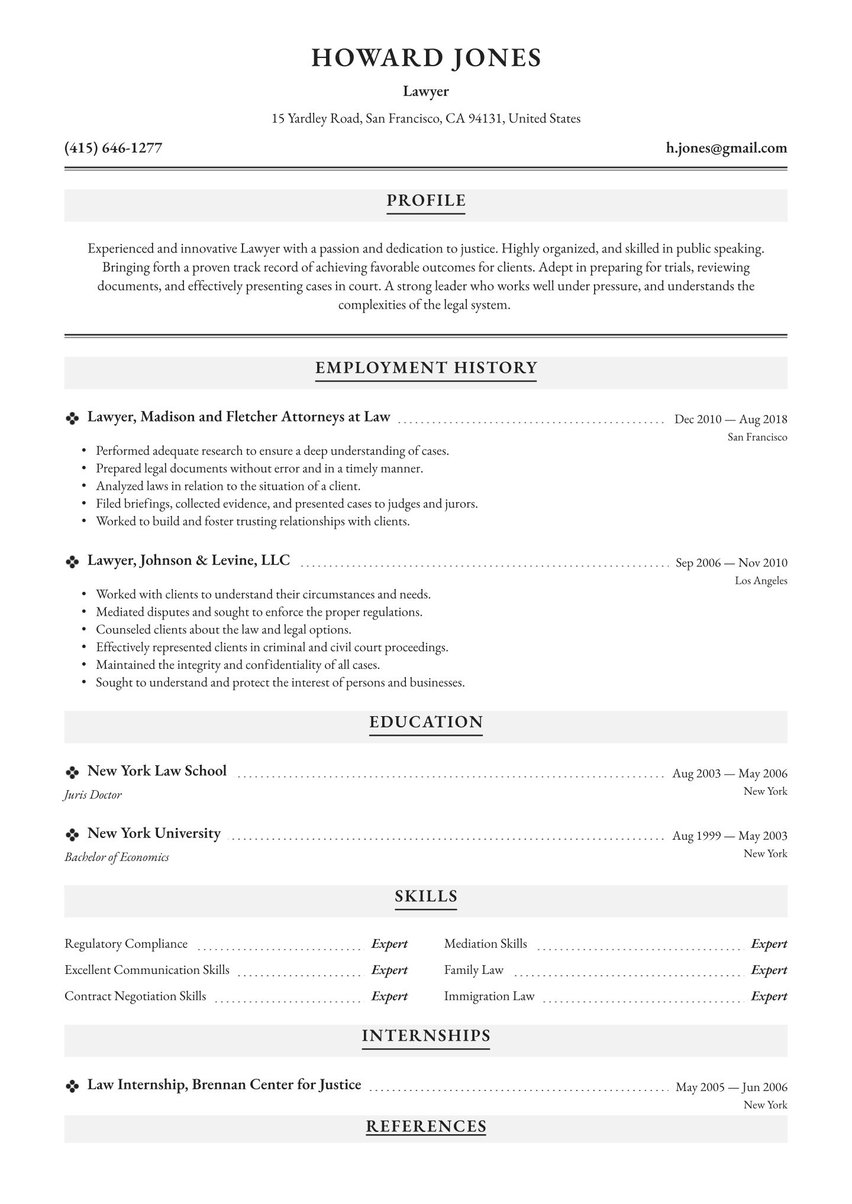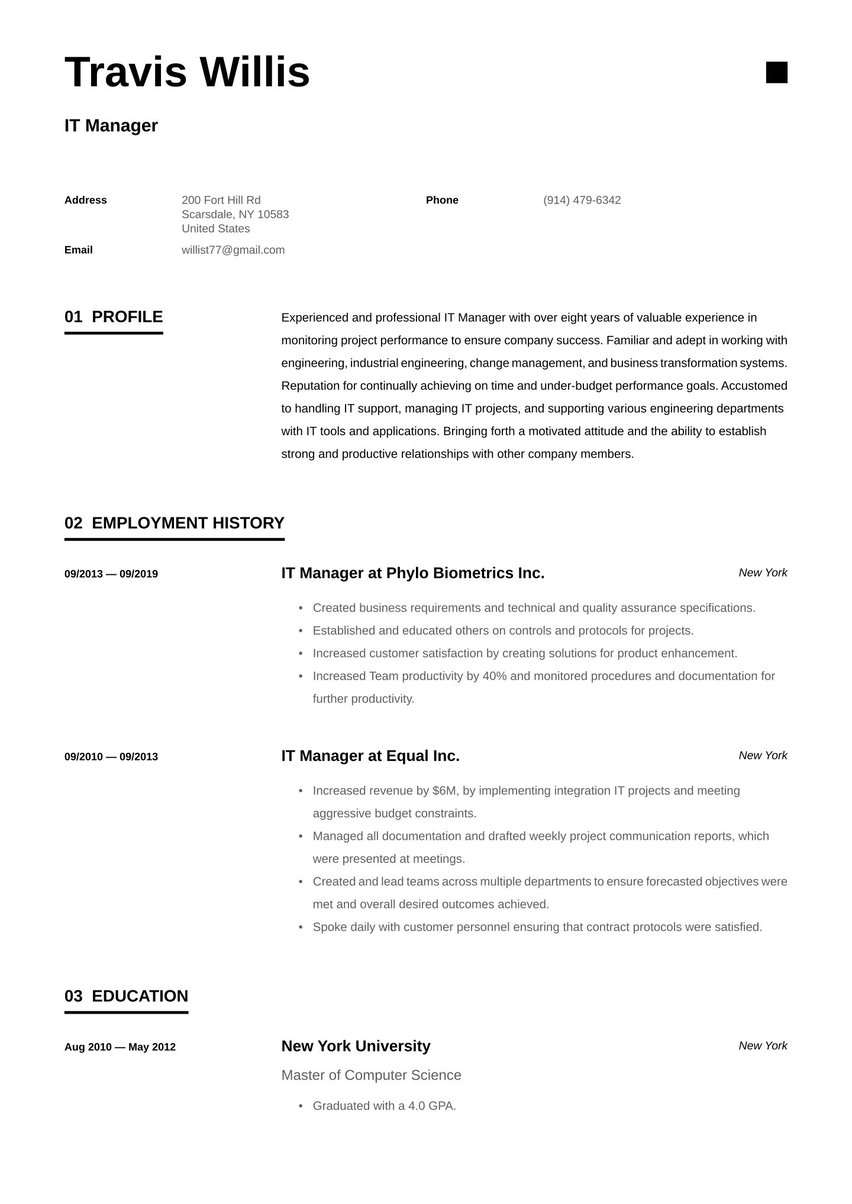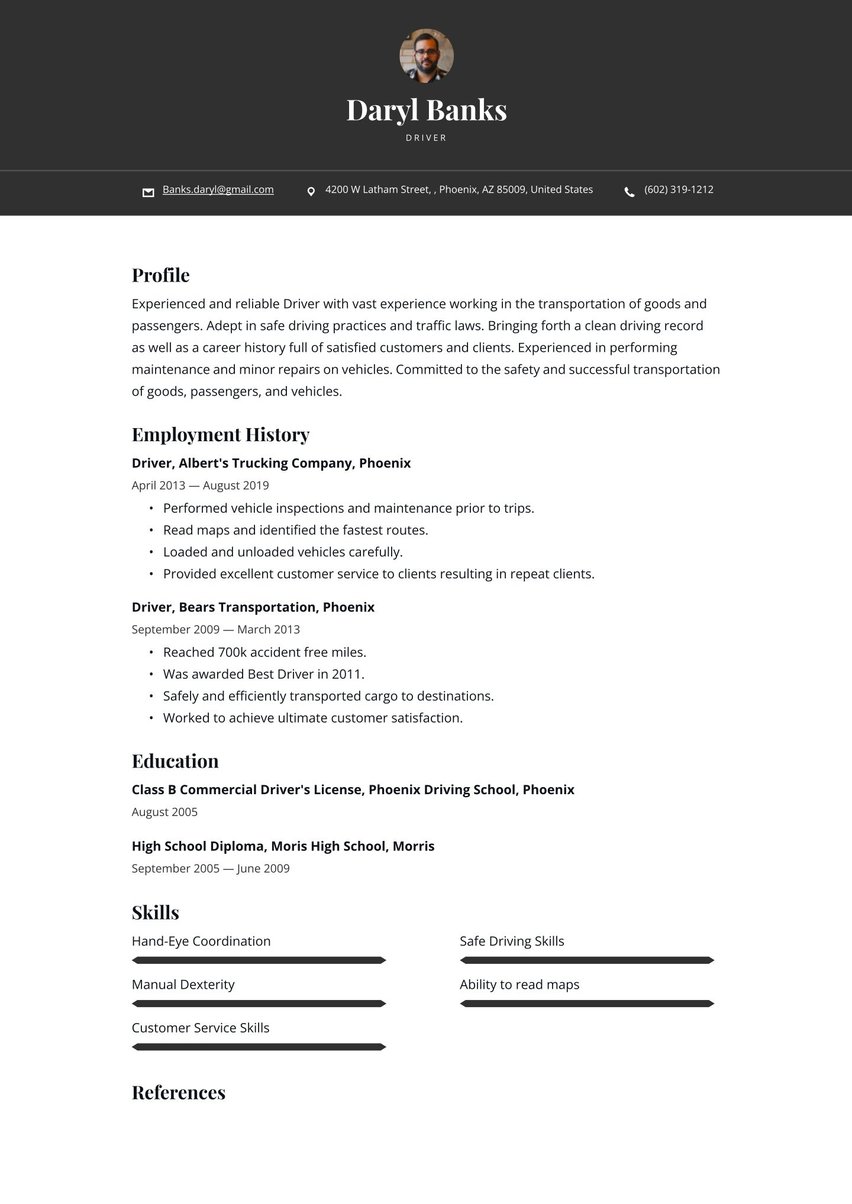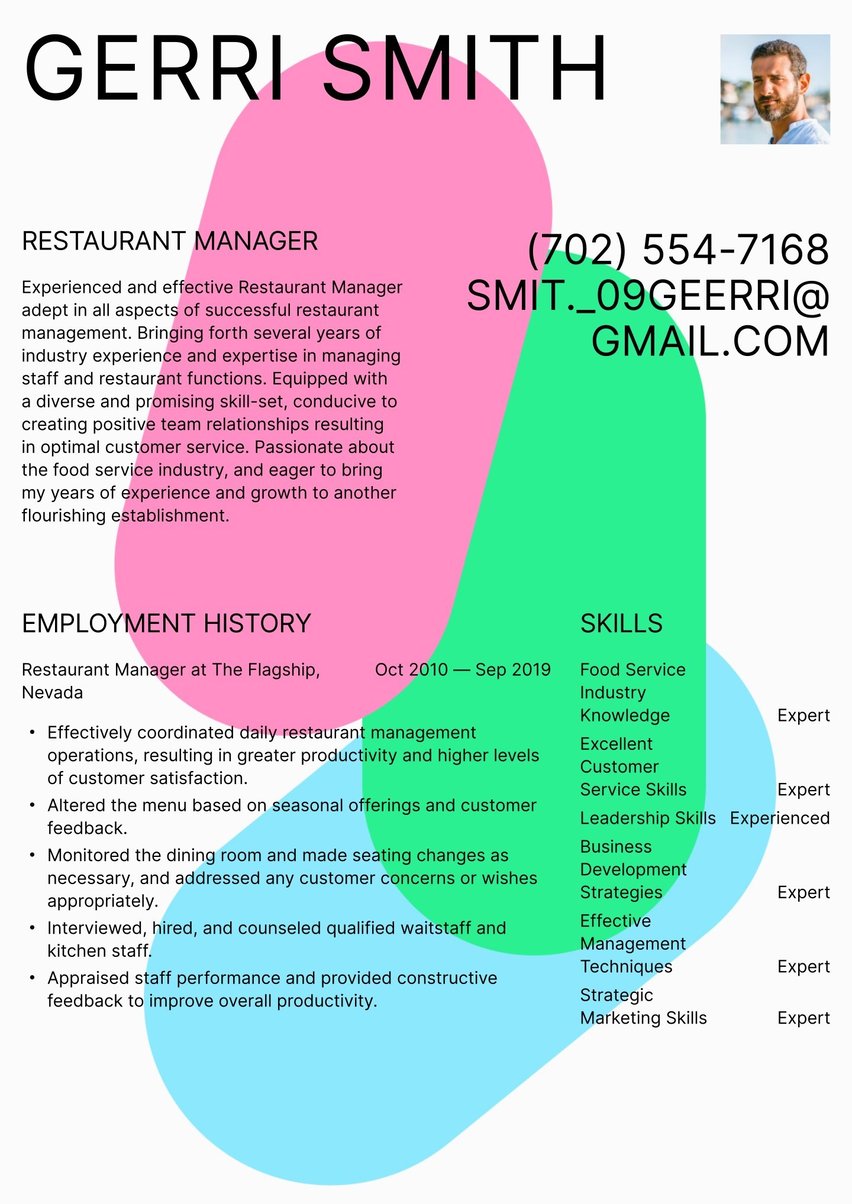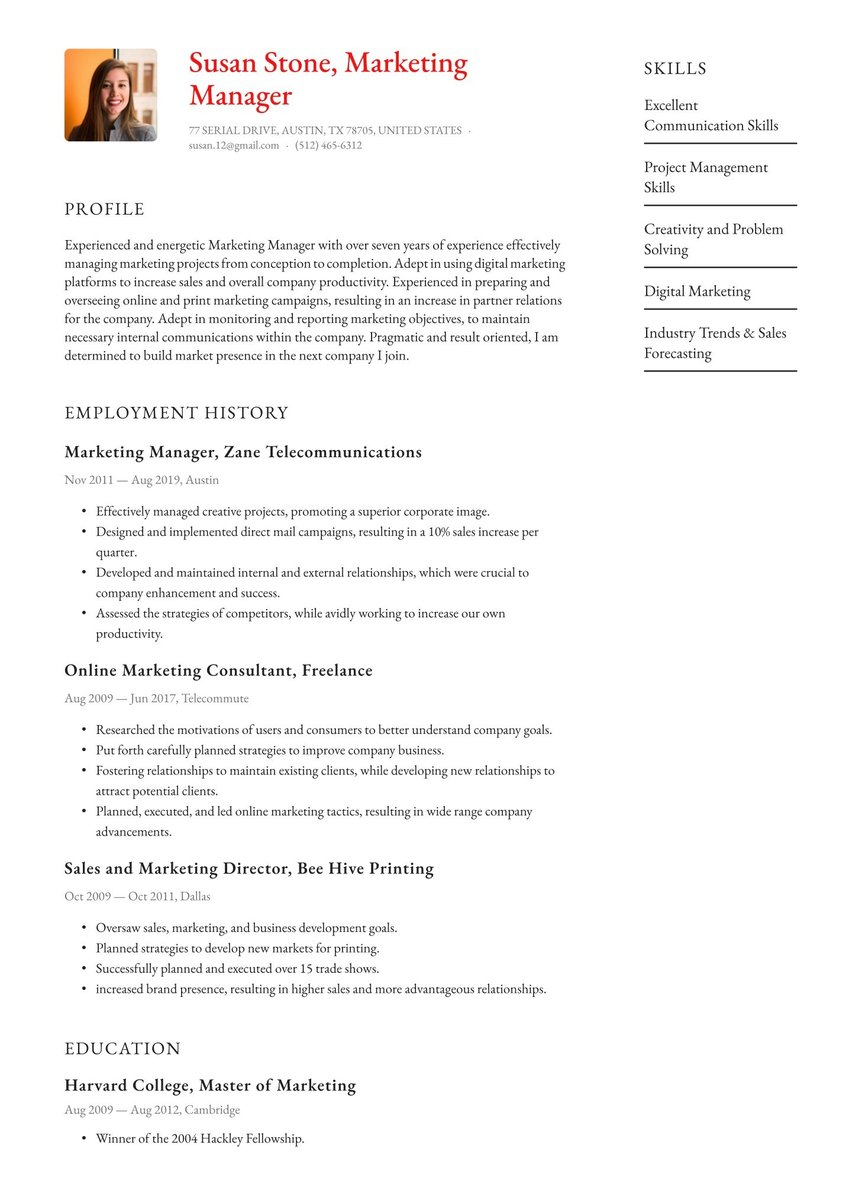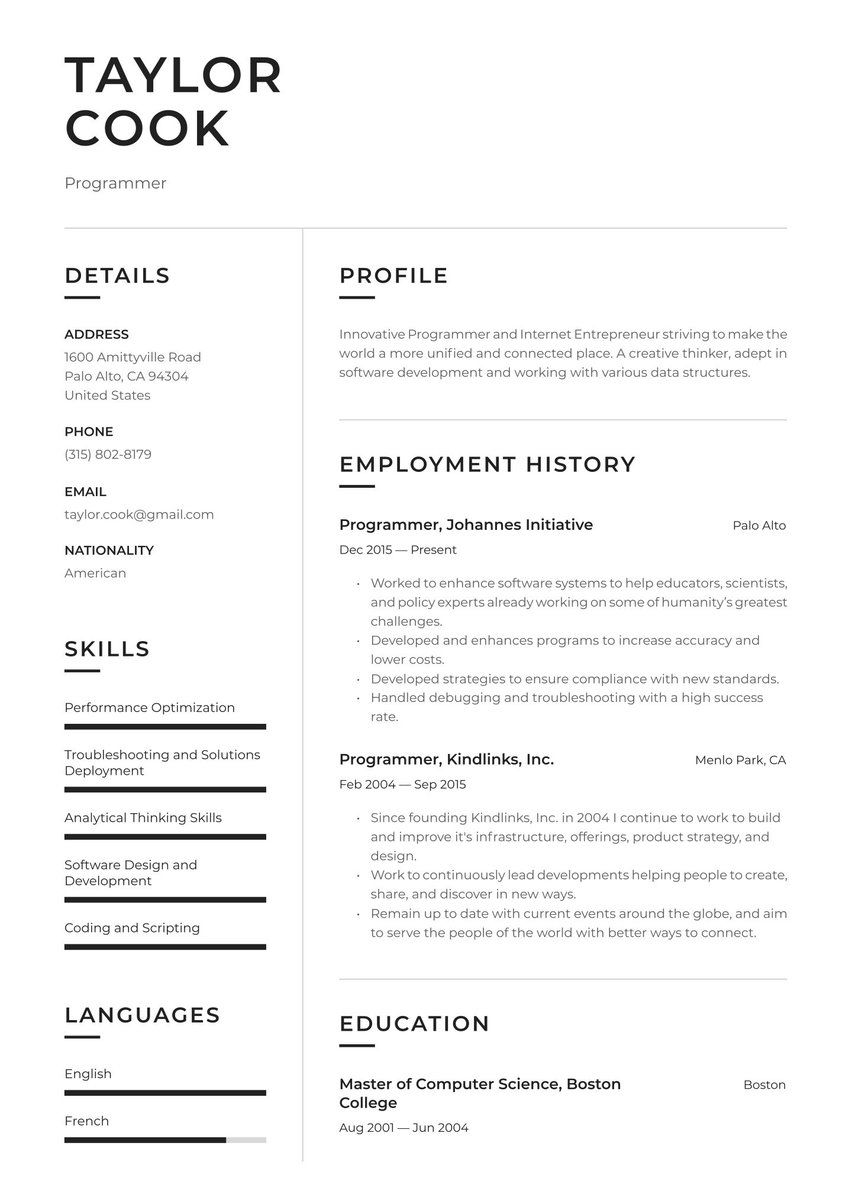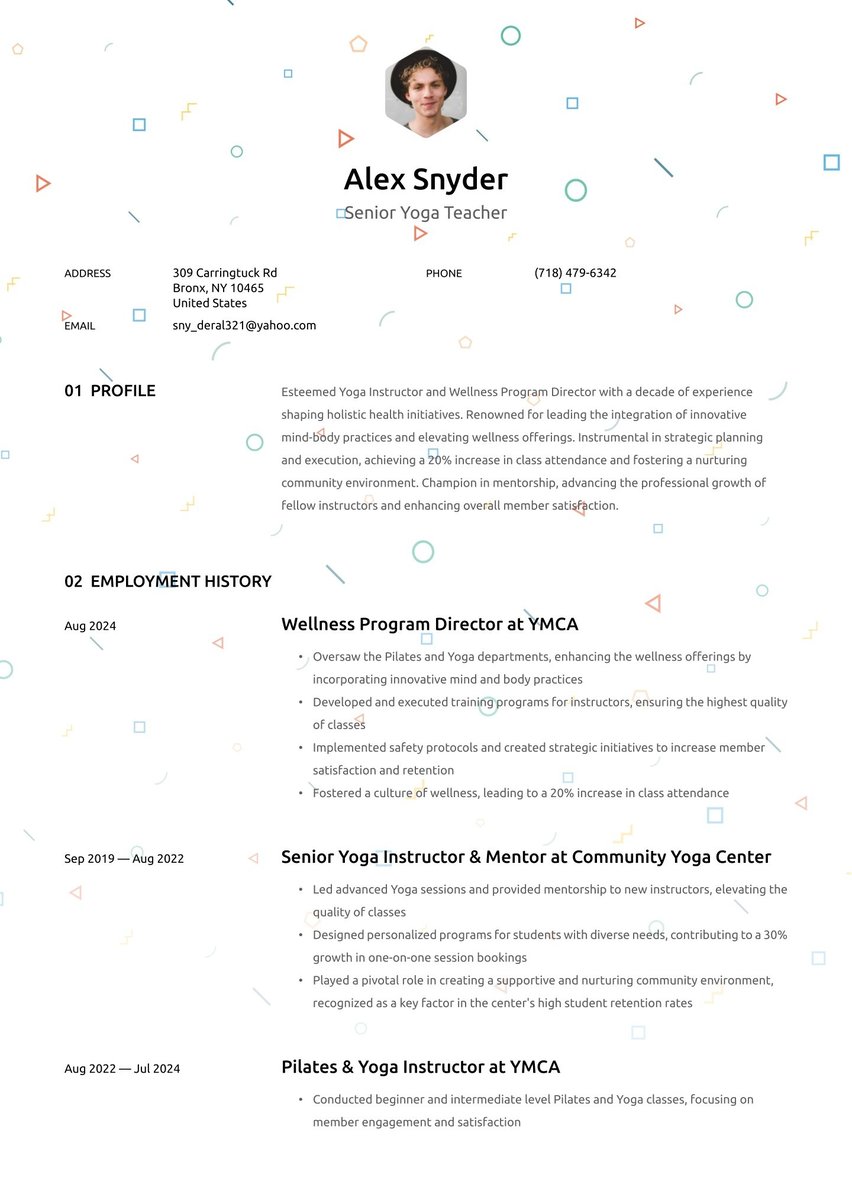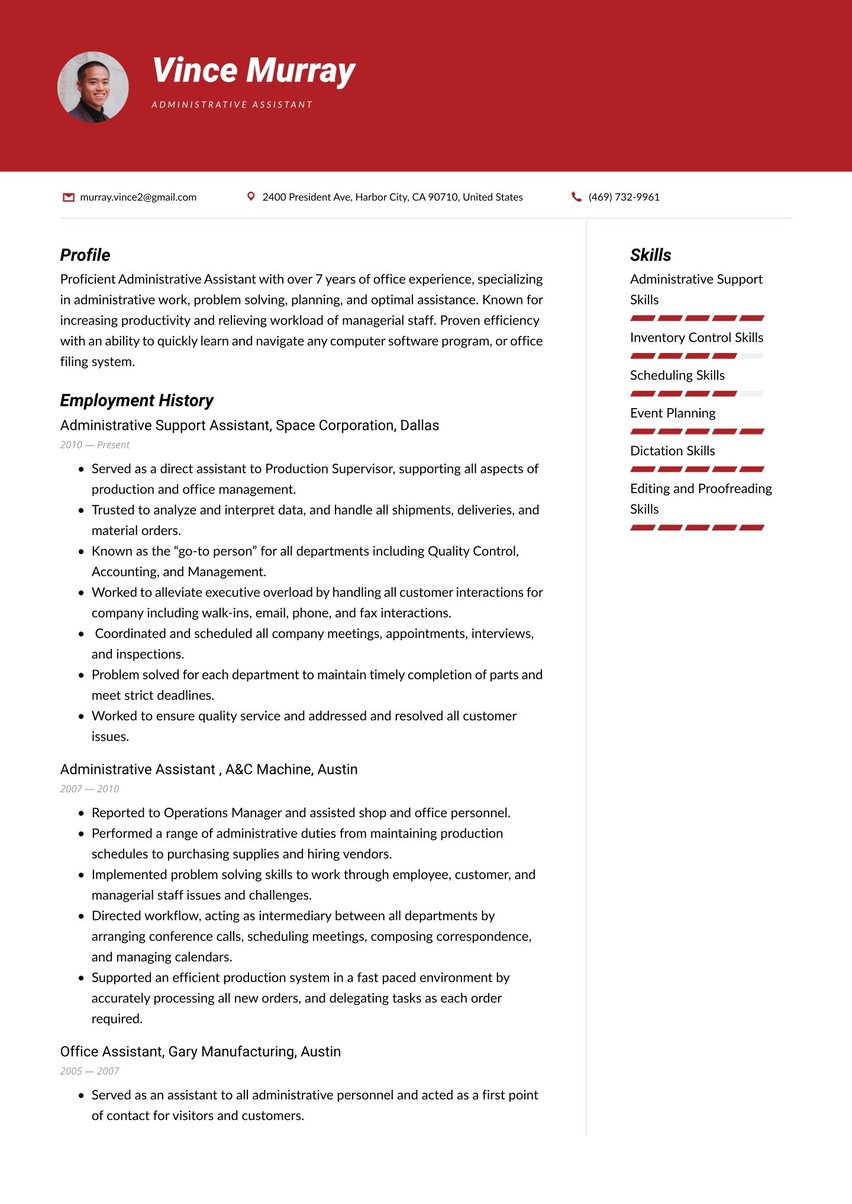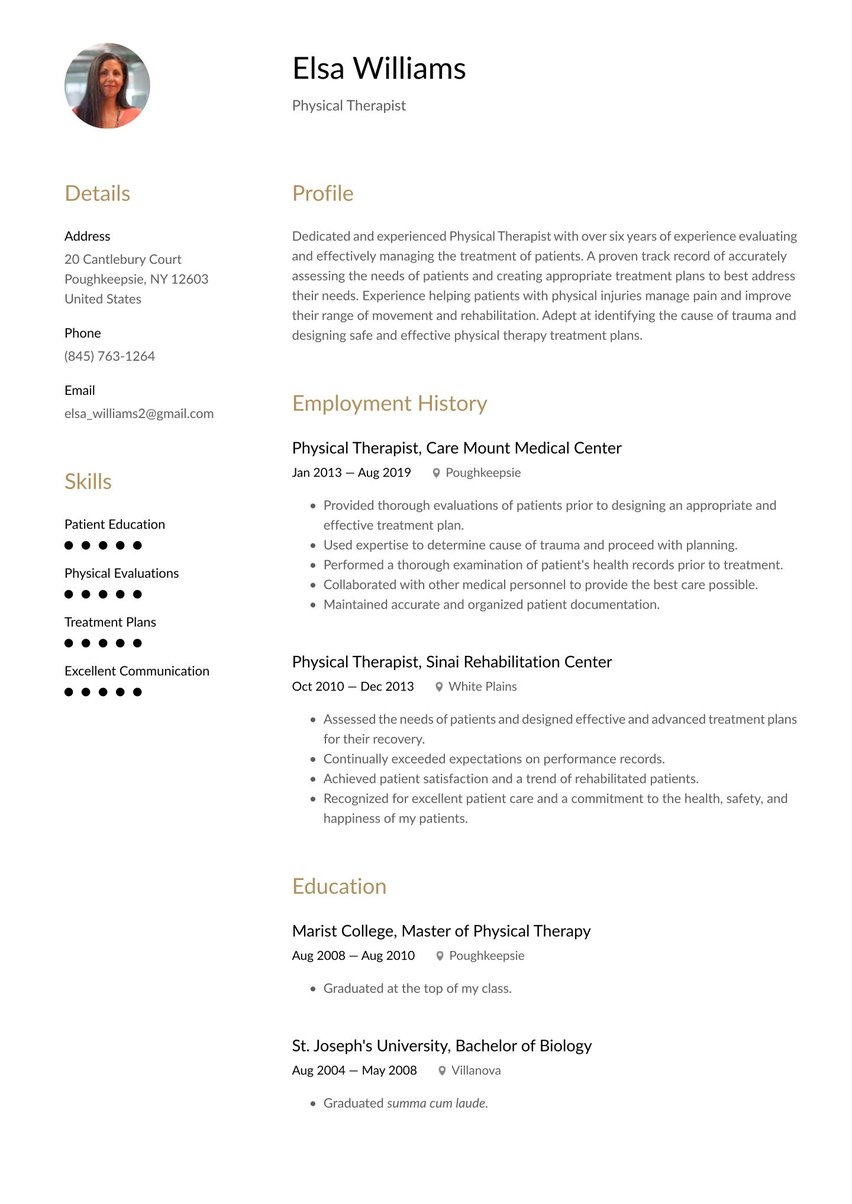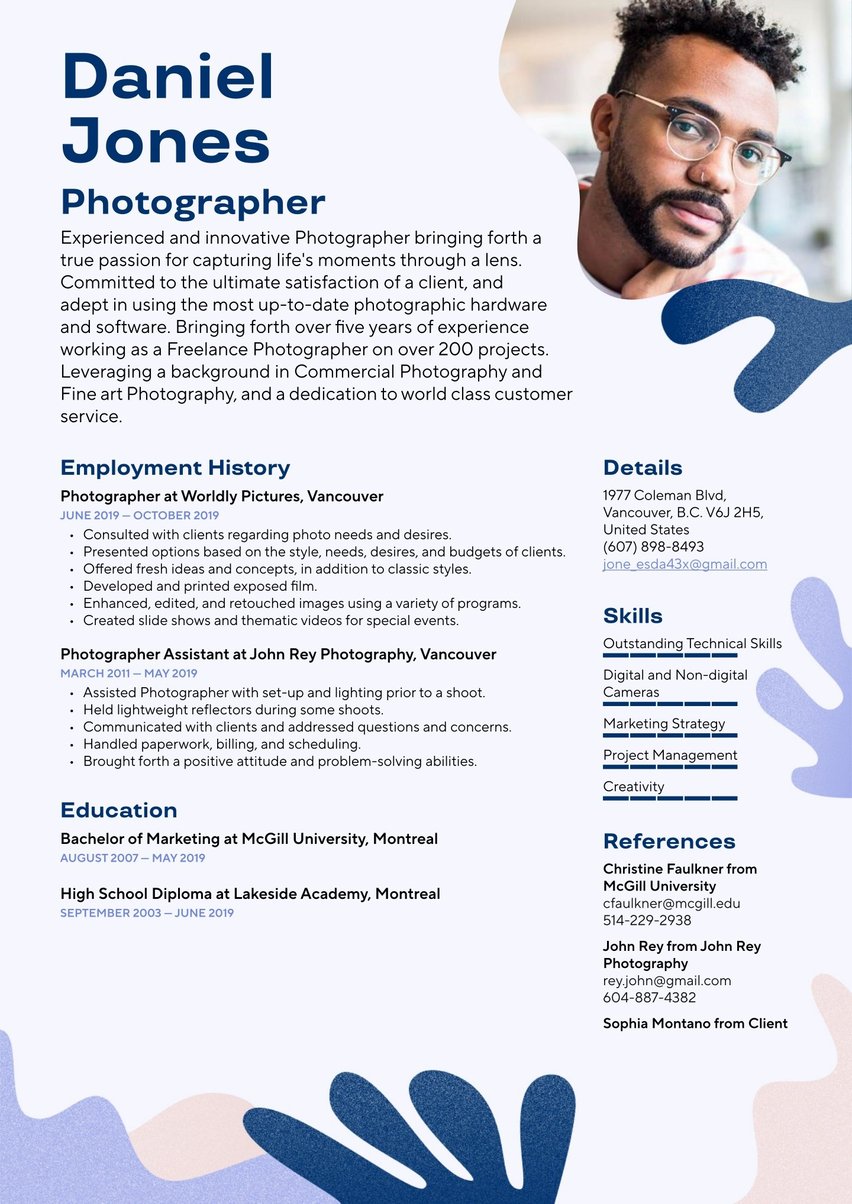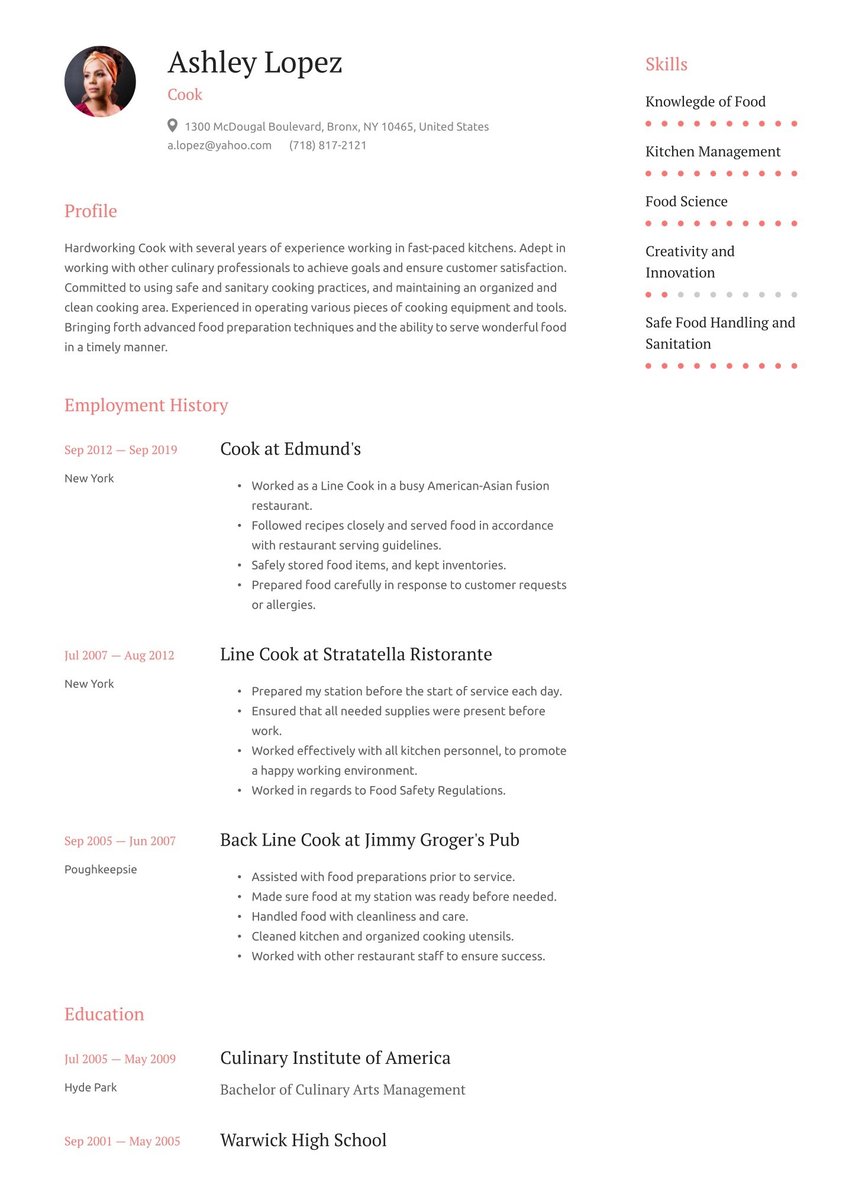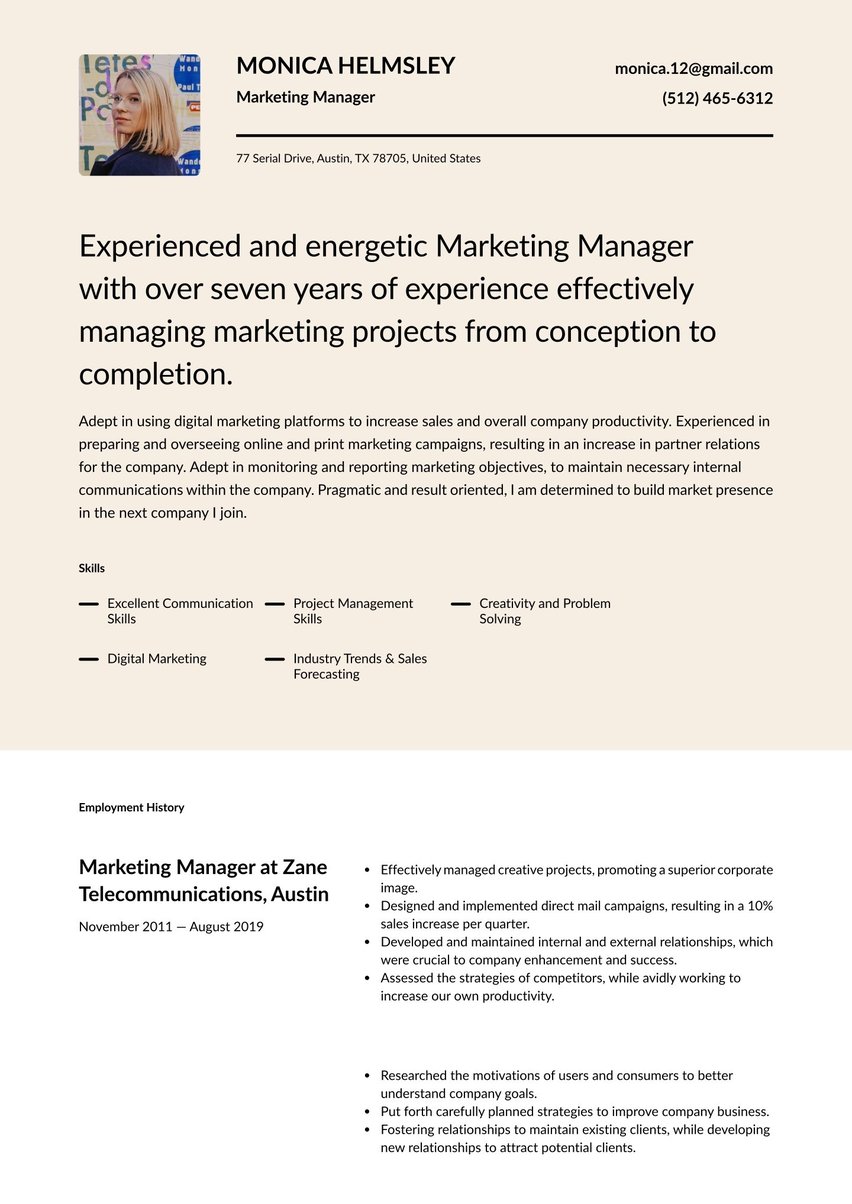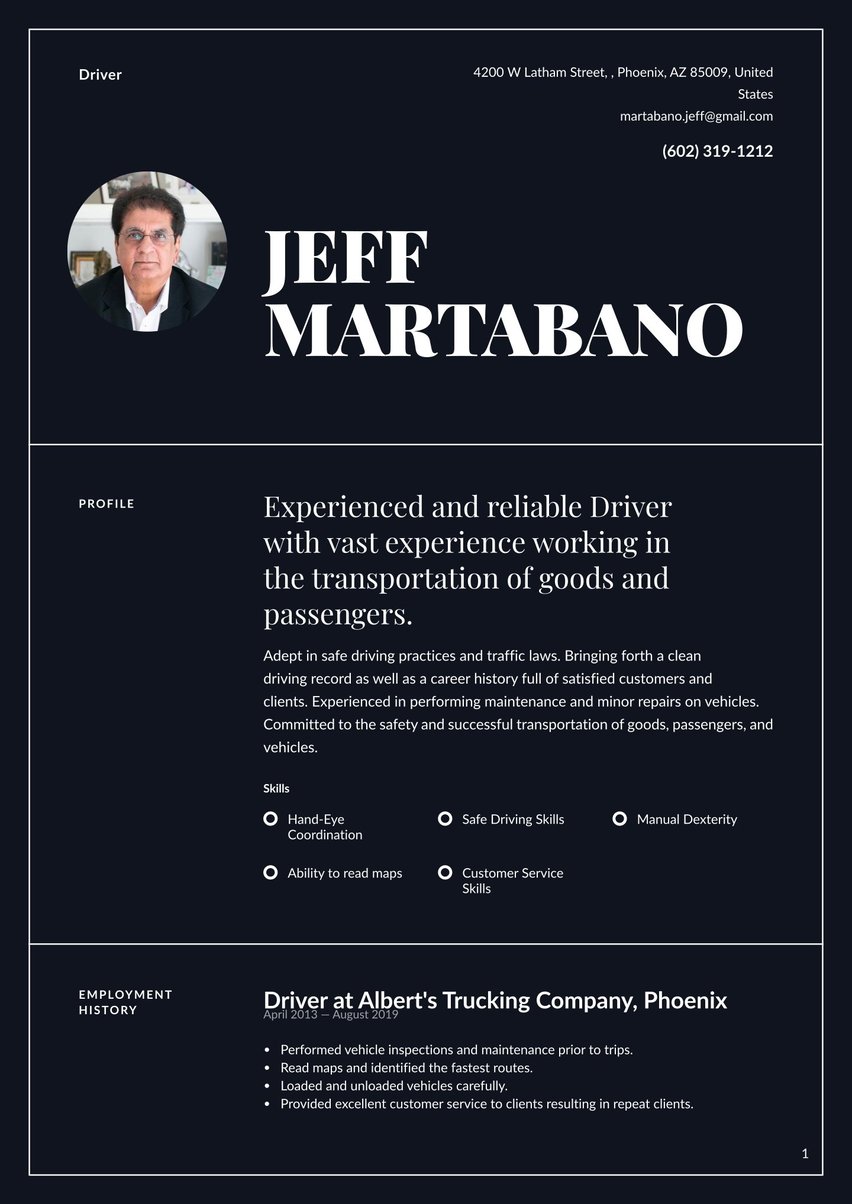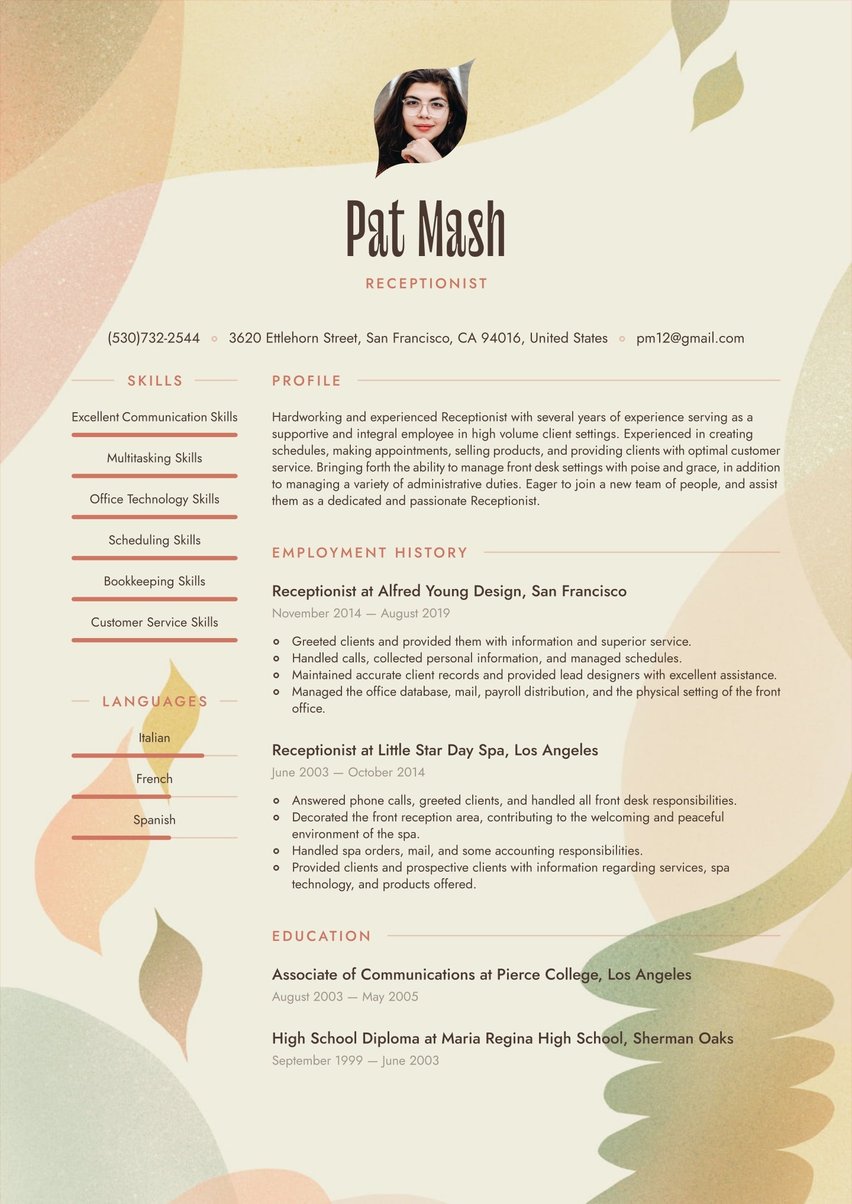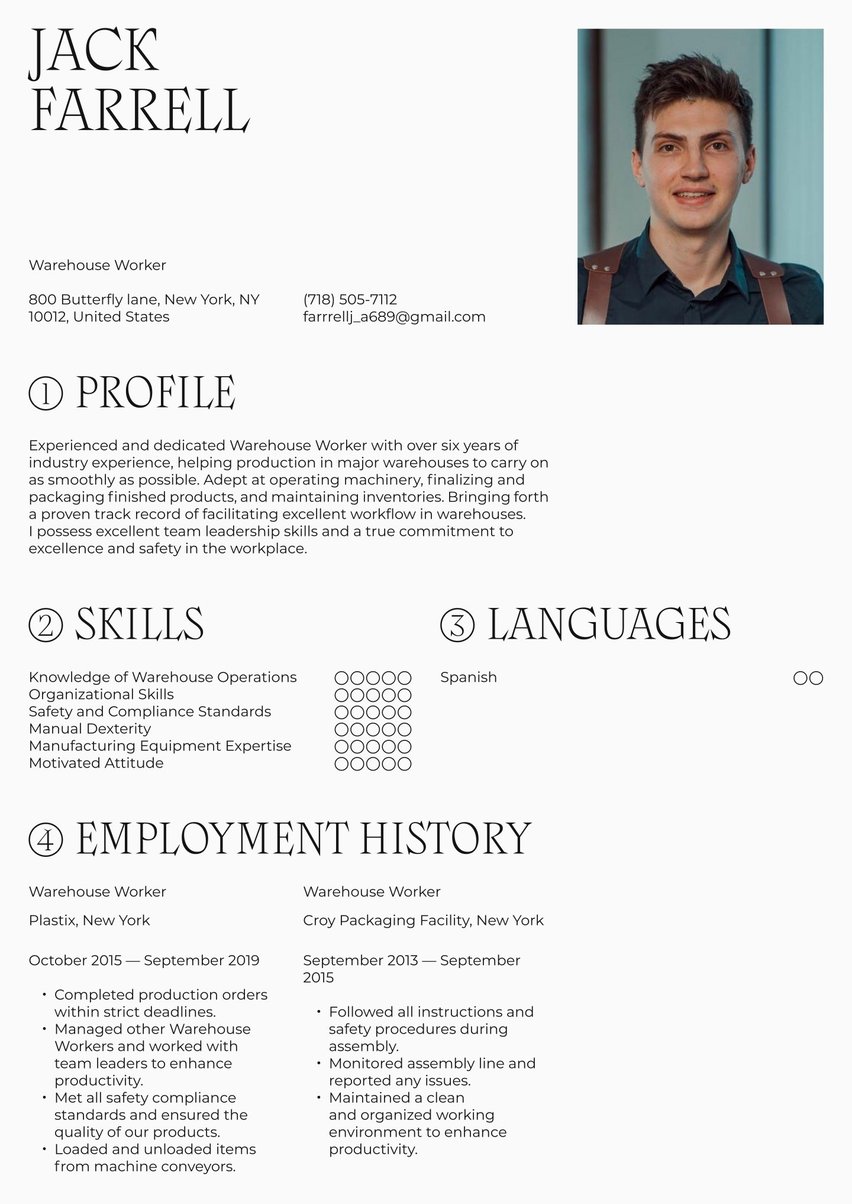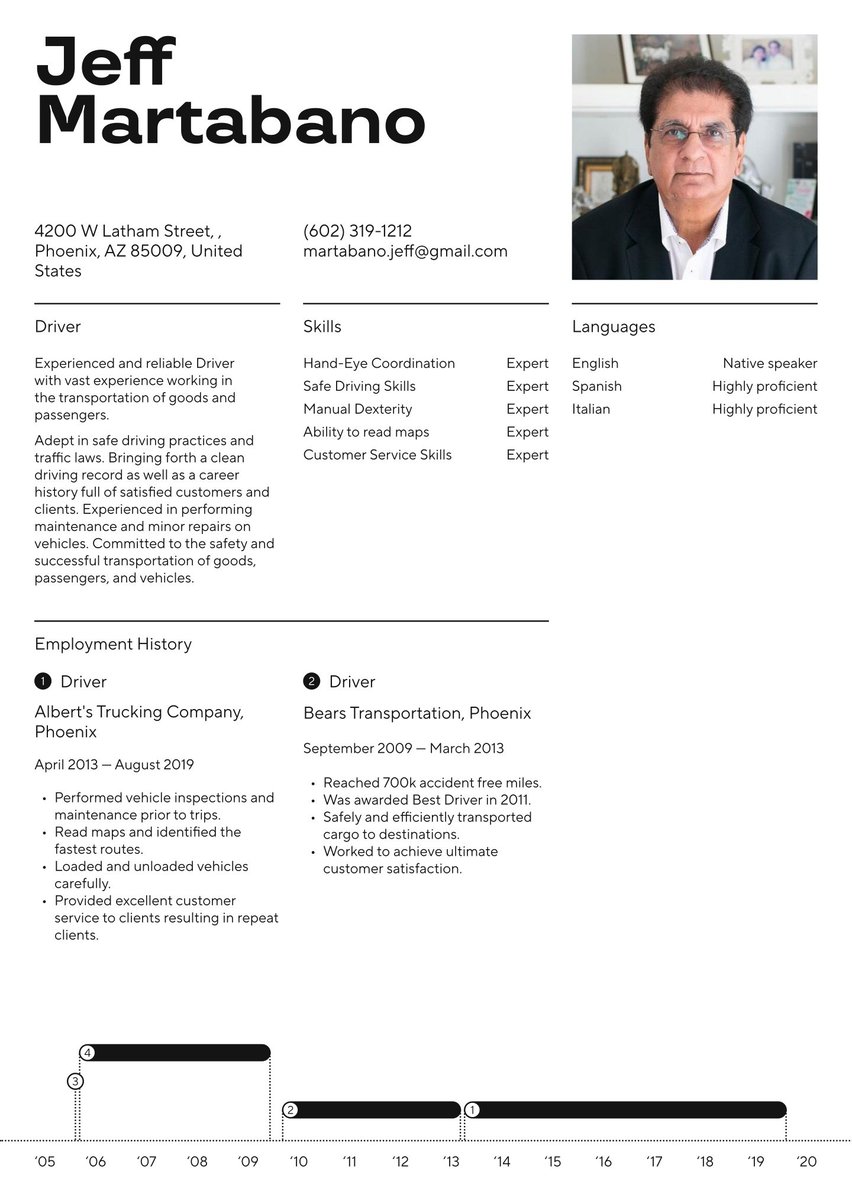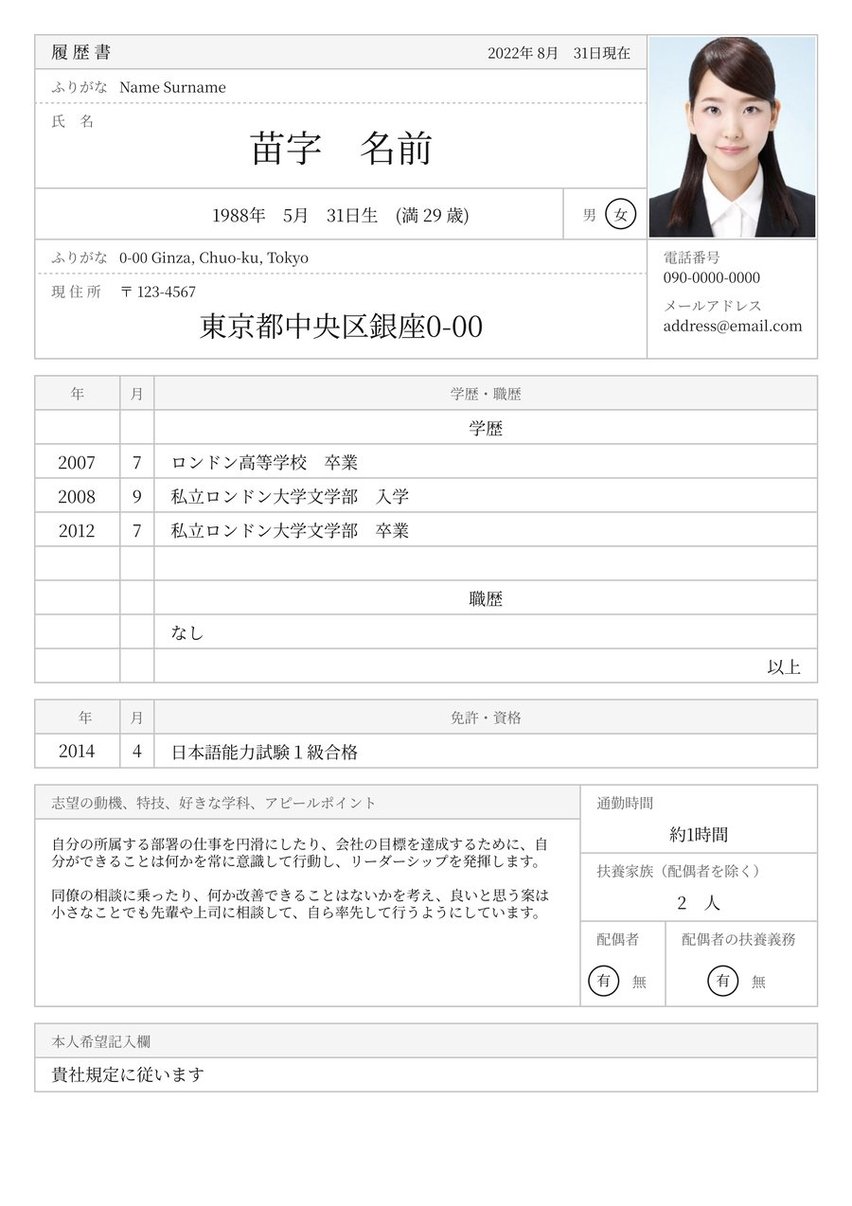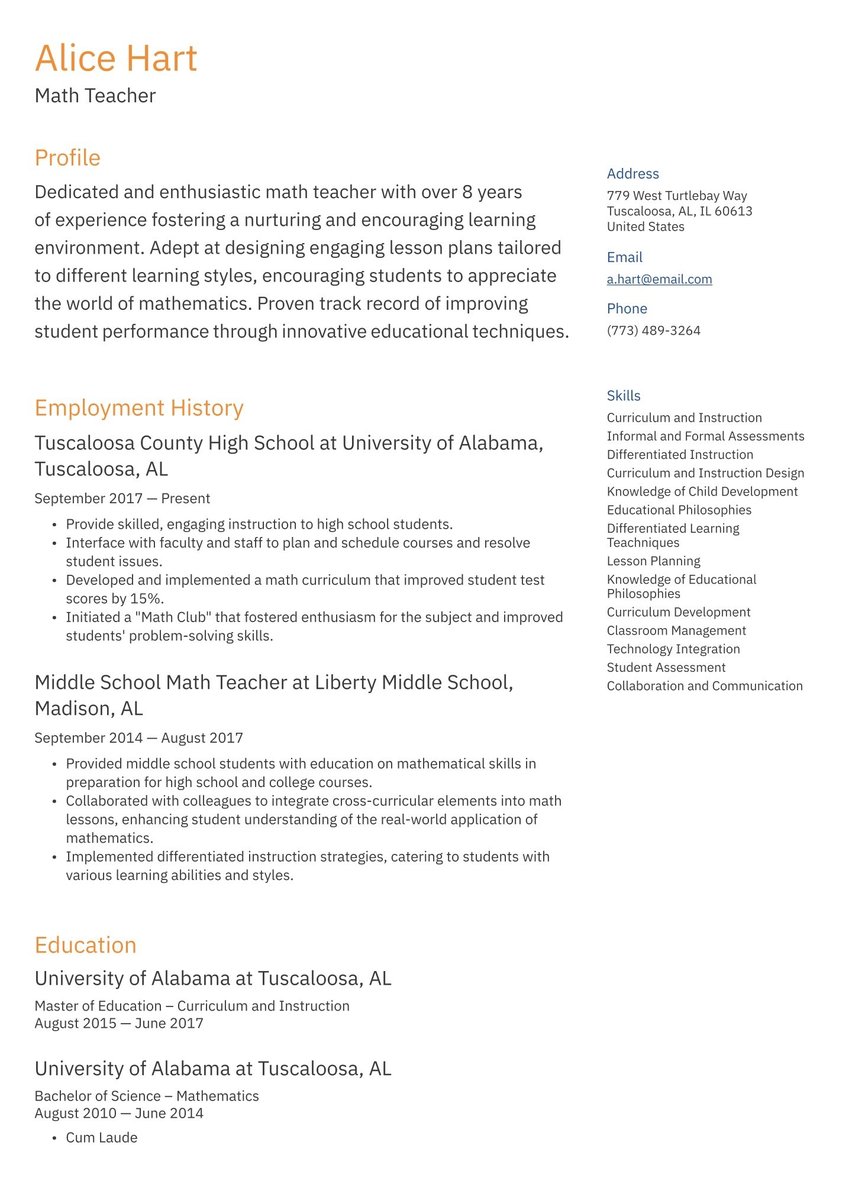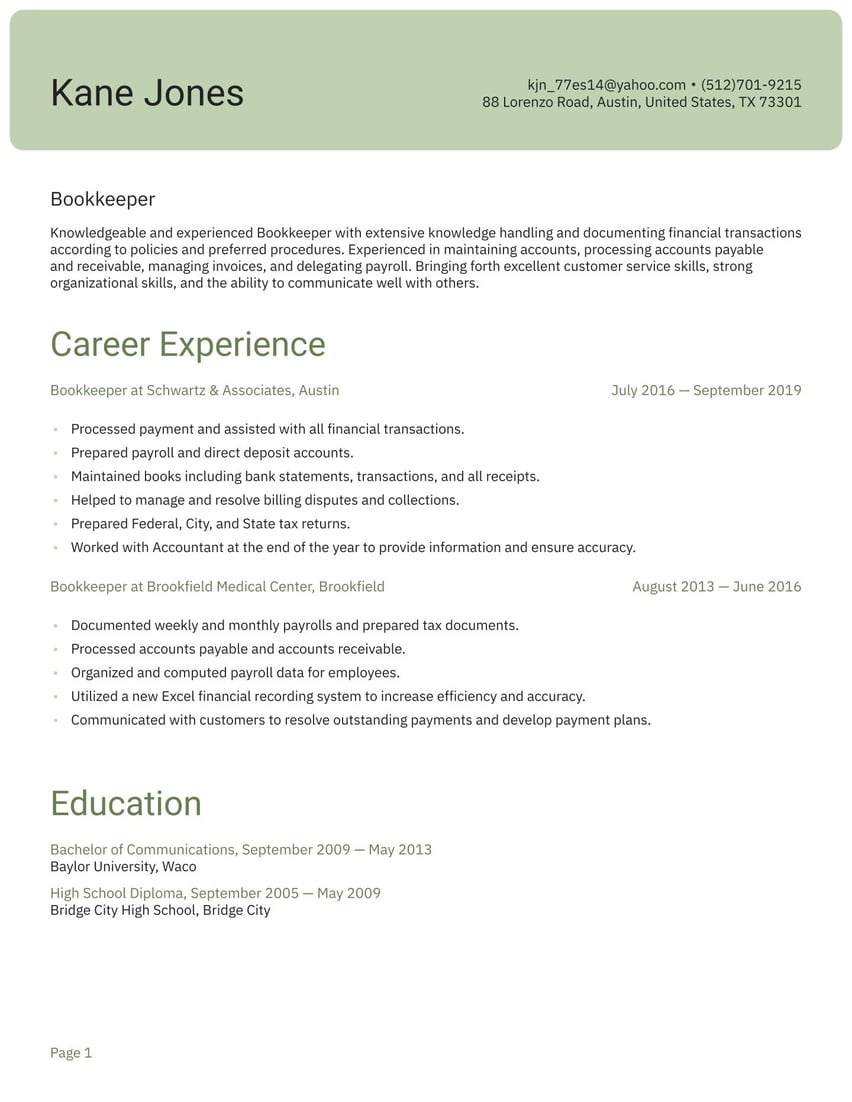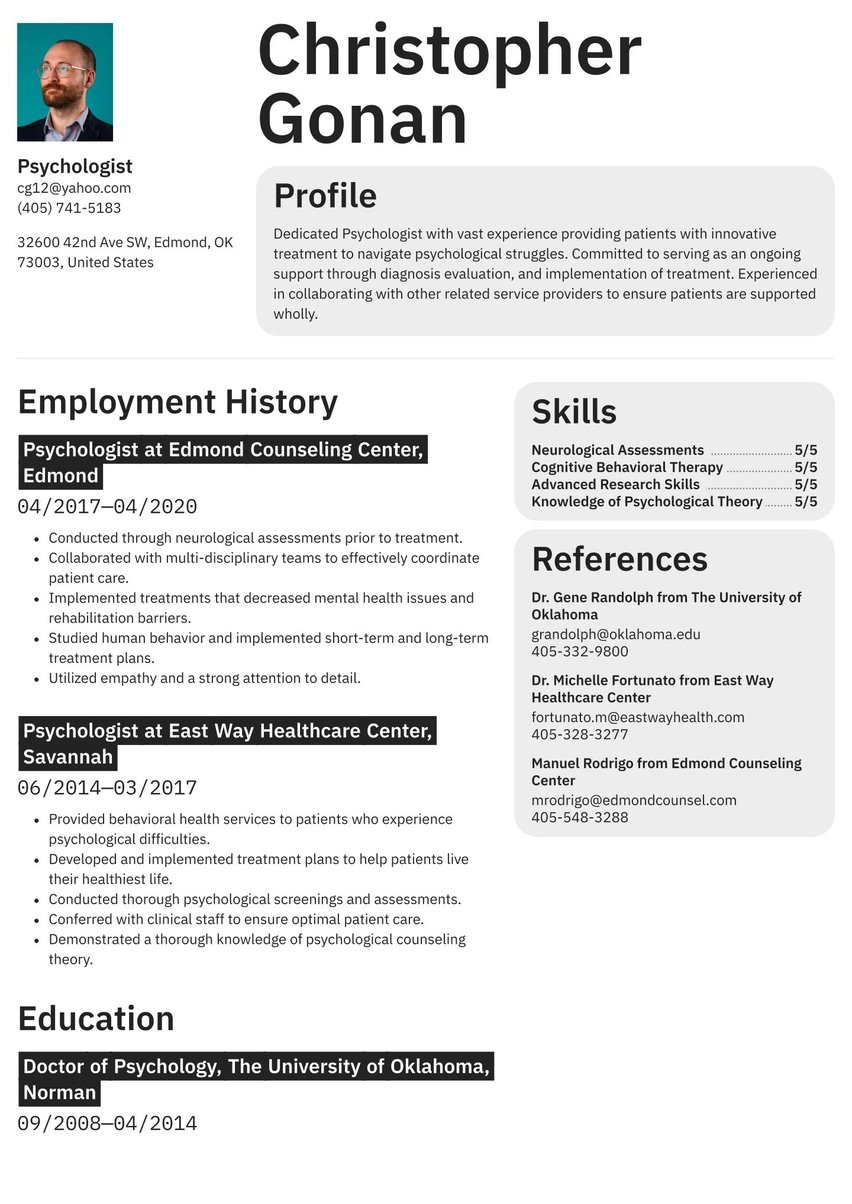Award winning Train Operator with 14 years of experience providing safe and pleasant travel for passengers. Exceptional mechanical skills and superior awareness of safety rules and regulations. Conscientious in planning route operations and handling vehicle technicalities. Strong communication skills, and an exemplary regard for passenger satisfaction.
08/2011 - 12/2022, Train Operator, Metro North Railroad, New York
- Received Train Operator Safety Award in 2017, 2019 and 2020.
- Adhered to all transit rules and regulations, with a perfect safety record.
- Planned and adjusted routes according to need.
- Addressed both major and minor vehicle failures, acting quickly to avert potential crises such as fire and noxious fumes.
- Exercised prudent judgment at all times.
- Performed visual inspection of trains prior to departure.
- Happily provided assistance to passengers with special needs, and worked to accommodate them as best as possible.
- Remained committed to passenger safety and comfort above all.
07/2008 - 07/2011, Conductor, Canadian National Railway, Melville
- Thoroughly inspected the condition of trains prior to departure, and communicated concerns to the maintenance supervisor.
- Ensured compliance with all railroad rules and regulations.
- Communicated with the rail traffic control center to ensure safe and organized travel.
- Handled problems relating to mechanics, train function, or travel difficulties with a level head and a calm attitude.
- Aimed to always provide optimal customer service and a pleasant rail travel experience to passengers.
06/2007 - 05/2008, Train Operator , MTA Training Program, New York
09/2003 - 05/2007, High School Diploma, St. Francis High School, New York
- Advanced Train Mechanical and Electrical Knowledge
- Troubleshooting Skills
- Time Management Skills
- Train Maintenance and Repairs
- Strategic Thinking Skills
- Strong Customer Service Skills
- Excellent Leadership Skills
You are a train operator looking to keep your career moving forward. You have what it takes to keep passengers and cargo safely to their destination. Now you want to do the same preparing for your next job, starting with a train operator resume that showcases your expertise and differentiates you from other candidates..
Train Operator resume examples by experience level
By taking a look through Resume.io's library of 350+ occupation-specific resume examples and writing guides, you'll be well on your way.
Read on for writing advice geared to train operators, along with wording you can adapt from a train operator resume example. We’ll cover these topics:
- What a train operator does
- How to write a train operator resume by applying the right structure of essential parts and the most suitable format
- Getting the most mileage out of each resume section: header, profile, employment history, education and skills
- Keeping your resume format clean and legible.
What does a train operator do?
Train operators drive freight or passenger trains on given routes between stations. With utmost regard for safety, they monitor all aspects of the train’s operation, including speed, air pressure, and braking, as well as track signals and switches. They also observe the track for obstructions and other potential hazards. In addition, train operators keep passengers informed about upcoming stops and scheduling updates.
A train operator needs to have advanced knowledge of train systems and operations and to be able to perform basic maintenance and repairs. You must also operate radio communication equipment in accordance with standards and regulations. and possess excellent mechanical, navigation, troubleshooting and problem-solving skills.
How to write a train operator resume
To organize your train operator resume content, apply the same basic framework that virtually all resumes have in common. This enables you to break down the writing task into steps matching these essential resume sections:
A bit later on, we’ll talk about how to optimize the impact of each individual part.
Choosing the best resume format for a train operator
The chronological resume format is recommended for train operators, as it is for about 90% of all job seekers. It’s the most straightforward way to highlight your work experience with each employer, in order from most recent to earliest dates.
The functional resume format emphasizes transferable skills rather than employers, while the hybrid (combination) resume format features both chronological and functional elements.
Resume header
Just like a train engine in most instances, your resume header is what gets noticed first. It draws the hiring manager’s attention to where your identifying information is displayed in a distinctive manner: name, occupation, phone number and email. It also makes these contact details easy to retrieve later at the interview invitation stage.
Otherwise, an eye-pleasing header helps your job application stand out from the rest. And it can have double the impact if your cover letter and resume documents look like a matching pair with identical headers.
Moving on to take a closer look at the other individual resume sections, let’s start with the profile.
Train operator resume profile example
If this sits at the top of your train operator resume, why should you create it last? Because your profile section (sometimes called a summary or personal statement) should encompass the years of experience, skills, and talents highlighted in your resume as a whole. It’s your story, condensed into four or five sentences of the best stuff you have to offer.
More than anything, the profile tells hiring managers what you will bring to the company. It should also show hints of work personality. Are you a problem-solver? A collaborator? Do you like to train new employees? Those are the kind of highlights that belong in your profile.
Below is sample content for a train operator resume profile.
Award winning Train Operator with 14 years of experience providing safe and pleasant travel for passengers. Exceptional mechanical skills and superior awareness of safety rules and regulations. Conscientious in planning route operations and handling vehicle technicalities. Strong communication skills, and an exemplary regard for passenger satisfaction.
Although train operators are well-know for their "engine-uity," be sure to check out our related transportation resume samples for more advice and inspiration:
Employment history sample
The employment history section is where hat you detail to recruiters what skills you have and how you have learned and grown on the job. This work experience section takes up the most space on your resume, unless you are an entry-level train operator. In that case, you may want to add more to your profile and education sections while keeping your resume to one page.
To begin this section, think about what you learned during your training and certification and how you applied those skills to each of your jobs. You might have begun as a dispatcher, signal or brake operator, or another kind of equipment operator, and then been promoted. That shows that you were valued by employers. Also consider how you developed new abilities and took on new responsibilities at each stage of your career.
Your bullet point descriptions should outline challenges you have faced, the action you took to deal with them, and the results you achieved. Use strong action verbs that show you are a go-getter.
Emphasize your ability to ensure proper train function and safe travel under all weather conditions, and your understanding of railroad rules and safety regulations. Be sure to showcase your knowledge about the systems of a train, and your ability to handle both simple and complex issues that may arise during the daily operation of rail cars. If you have had jobs other than train operator, include details about experiences or duties with transferable skills.
See the employment history section from our order filler resume example below.
Train Operator, Metro North Railroad, New York
August 2011 - December 2022
- Received Train Operator Safety Award in 2017, 2019 and 2020.
- Adhered to all transit rules and regulations, with a perfect safety record.
- Planned and adjusted routes according to need.
- Addressed both major and minor vehicle failures, acting quickly to avert potential crises such as fire and noxious fumes.
- Exercised prudent judgment at all times.
- Performed visual inspection of trains prior to departure.
- Happily provided assistance to passengers with special needs, and worked to accommodate them as best as possible.
- Remained committed to passenger safety and comfort above all.
Conductor, Canadian National Railway, Melville
July 2008 - July 2011
- Thoroughly inspected the condition of trains prior to departure, and communicated concerns to the maintenance supervisor.
- Ensured compliance with all railroad rules and regulations.
- Communicated with the rail traffic control center to ensure safe and organized travel.
- Handled problems relating to mechanics, train function, or travel difficulties with a level head and a calm attitude.
- Aimed to always provide optimal customer service and a pleasant rail travel experience to passengers.
Train operator resume education example
Train operators need a high school diploma or GED, but must also complete on-the-job training. That training can be listed here in the education section or in your work history section. If you have earned a bachelor’s degree, be sure to include it here.
Locomotive engineers must also be certified by the Federal Railroad Administration, and have a special driver’s license for locomotive engineers. If you have any certifications, list them here (although new employers might require new hires to be certified under their rules).
Here’s an adaptable resume education example for a train operator resume.
Train Operator , MTA Training Program, New York
June 2007 - May 2008
High School Diploma, St. Francis High School, New York
September 2003 - May 2007
CV skills example
Your CV skills section is meant to provide a scannable overview of the abilities your potential employer seeks. Make sure you look carefully at the advertised job listing and try to match the skills it stipulates in this section.
Including the specific keywords that appear in the posted job description will help your resume get past the automatic tracking systems (ATS) that employers commonly use to rank online resumes, based on an algorithm that includes keywords and phrases. You should alter your resume for each application in order to pass the ATS test. Avoid “stuffing” your resume with keywords and phrases, but do make sure you are not missing any “must-haves” from the job listing.
Spell out all acronyms and use the abbreviation in parentheses to make sure the ATS recognizes one or the other. Remember that different states, countries or even cities may have multiple acronyms or terms for the same things. Make sure to cover those bases for maximum effect when appropriate.
In this section, you should list the top five to 10 skills you have that are most relevant to the target job. Choose a mix of hard skills and soft skills, since recruiters and employers value both.
Check out the skills section from our train operator resume example below.
- Advanced Train Mechanical and Electrical Knowledge
- Troubleshooting Skills
- Time Management Skills
- Train Maintenance and Repairs
- Strategic Thinking Skills
- Strong Customer Service Skills
- Excellent Leadership Skills
Resume layout, design and formatting
Your resume offers the first impression potential employers will have of you, so keep it organized and professional-looking. A train operator must be detail-oriented, so you don’t want any errors that suggest you are not. It’s best to have a friend or colleague proofread your finished resume before you send it to a recruiter.
We recommend using a dedicated resume builder tool such as Resume.io’s. This will give you a PDF document with clean formatting. Using the builder alongside one of our resume templates is the surest way to give your resume a polished look. We suggest choosing a style from the professional, modern, or simple categories
Here are a few other pointers for your design:
- Leave plenty of white space by varying line lengths and allowing ample margins.
- If you use Word or Google Docs to create your resume, do not put anything in the headers or footers, because some ATS cannot detect it.
- Make sure your job titles and section headings are easy to read.
- If you choose to use color, remember that a little bit goes a long way.
Key takeaways for a train operator resume
- Your train operator resume should reflect career movement by telling a story of progress and skills development.
- Take direction from the advertised job requirements to custom-tailor all resume sections to the specific job and employer requirements.
- Be sure to incorporate keywords where appropriate to avoid ATS rejection.
- Using a resume template with our builder tool will save you time and eliminate the guesswork that DIY layout and design decisions entail.
Your career is already on track. Let Resume.io help you reach your next job destination!


.jpg)

.jpg)







